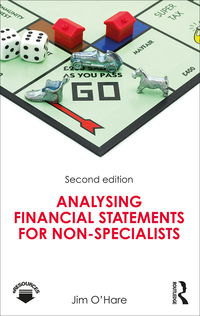
! Required information Regulation of Landlord-Tenant Relationships Business owners and managers encounter various levels of regulation related to the leasing and use of commercial property. In the context of real estate, a commercial lease is an agreement between a landlord and tenant for use of land for business purposes. How one uses his or her property is typically regulated by state and local governments through statutes and ordinances. The U.S. Constitution's Takings Clause imposes limits on government regulation when enforcement results in a complete economic loss for the owner. Read the case below and answer the questions that follow. Wilkinson owned several fast-food franchise locations in the hypothetical City of Longville (City). These low-cost restaurants were located in an industrial area of the City with the objective of primarily attracting the workforce from the factories and supply facilities located in that same area. However, over the past decade, vacant houses and other blight took its toll on the surrounding area. In response, the City's Redevelopment Authority designated a 200-acre zone for redevelopment into a new complex for an office park, luxury townhomes, and gourmet restaurants. The redevelopment plan also provided for a newly built highway system to accommodate the growth in the area. The zone included property owned by Wilkinson for her fast-food franchise. Wilkinson refused to sell her property to the City and challenged the City's decision because the redevelopment zone was not for public use as required by the Takings Clause of the Fifth Amendment to the U.S. Constitution. In Wilkinson v. City of Longville, who prevails and why? ! Required information Regulation of Landlord-Tenant Relationships Business owners and managers encounter various levels of regulation related to the leasing and use of commercial property. In the context of real estate, a commercial lease is an agreement between a landlord and tenant for use of land for business purposes. How one uses his or her property is typically regulated by state and local governments through statutes and ordinances. The U.S. Constitution's Takings Clause imposes limits on government regulation when enforcement results in a complete economic loss for the owner. Read the case below and answer the questions that follow. Wilkinson owned several fast-food franchise locations in the hypothetical City of Longville (City). These low-cost restaurants were located in an industrial area of the City with the objective of primarily attracting the workforce from the factories and supply facilities located in that same area. However, over the past decade, vacant houses and other blight took its toll on the surrounding area. In response, the City's Redevelopment Authority designated a 200-acre zone for redevelopment into a new complex for an office park, luxury townhomes, and gourmet restaurants. The redevelopment plan also provided for a newly built highway system to accommodate the growth in the area. The zone included property owned by Wilkinson for her fast-food franchise. Wilkinson refused to sell her property to the City and challenged the City's decision because the redevelopment zone was not for public use as required by the Takings Clause of the Fifth Amendment to the U.S. Constitution. In Wilkinson v. City of Longville, who prevails and why







